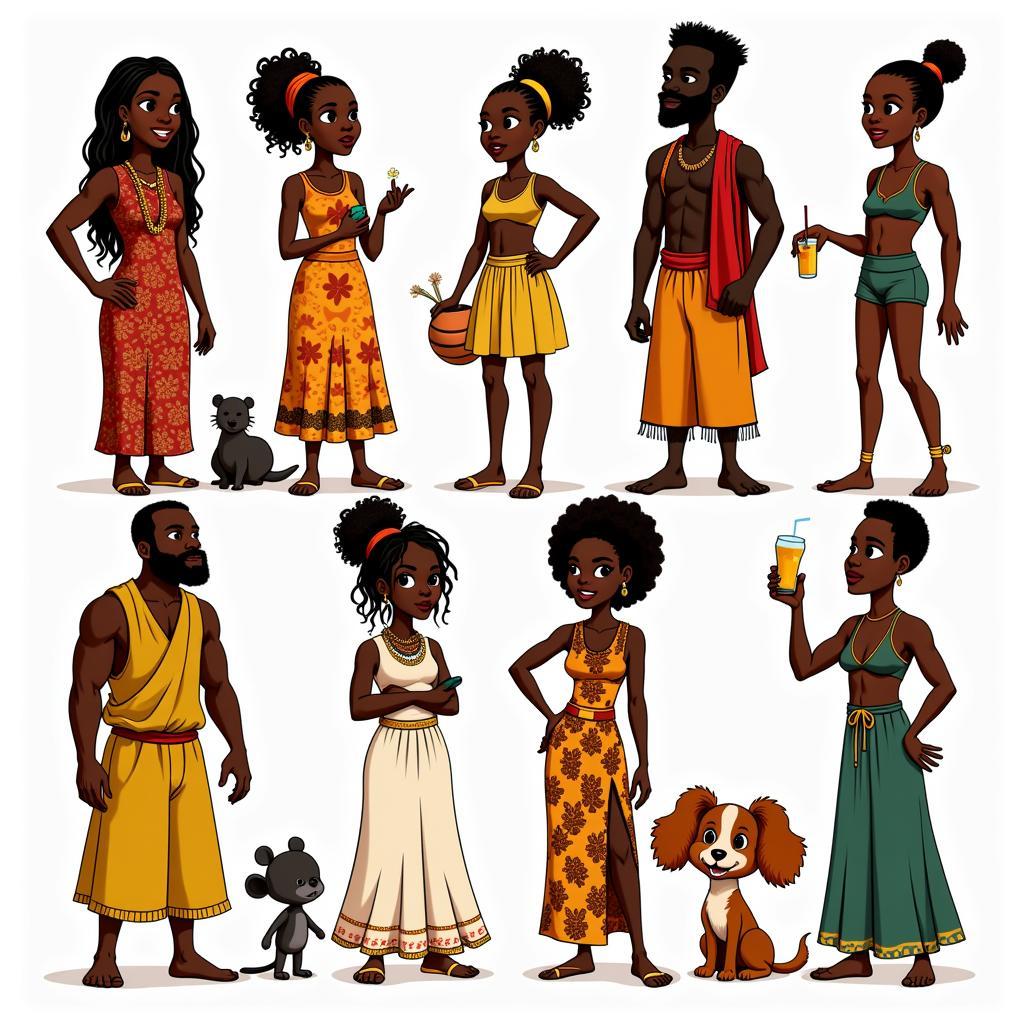Understanding the African Drought Monitor
The African Drought Monitor is a crucial tool for understanding and addressing the devastating impacts of drought across the continent. Drought in Africa is a complex issue with far-reaching consequences, affecting agriculture, water resources, and the livelihoods of millions. Accessing reliable and up-to-date information is essential for effective drought management and mitigation efforts.
The Importance of the African Drought Monitor
Drought is a recurring challenge in Africa, impacting various regions with varying intensity. The African drought monitor provides timely data and analysis, enabling governments, organizations, and individuals to make informed decisions and respond proactively to drought conditions. Understanding the patterns, severity, and potential impacts of drought is critical for effective resource allocation and disaster preparedness. Early warning systems, based on data from the African drought monitor, can help mitigate the worst effects of drought.
The African drought monitor plays a crucial role in informing policy decisions and guiding interventions. By providing a comprehensive view of drought conditions across the continent, the monitor supports evidence-based decision-making and helps target resources where they are most needed. Access to accurate and timely drought information empowers communities to prepare for and adapt to drought impacts. For example, farmers can adjust their planting schedules and water management practices based on drought forecasts provided by the monitor. This proactive approach can significantly reduce crop losses and enhance food security. What are the long-term implications of drought in Africa? Drought can lead to widespread food insecurity, displacement of populations, and increased competition for scarce resources.
How the African Drought Monitor Works
The African drought monitor utilizes a variety of data sources, including satellite imagery, meteorological data, and ground-based observations, to assess drought conditions. Sophisticated algorithms and models are used to process this data and generate drought maps and indicators. These maps and indicators provide a visual representation of drought severity and extent, allowing for easy interpretation and analysis. What data sources are used? The monitor integrates data from various sources, including satellite imagery, rainfall measurements, soil moisture data, and vegetation indices.
The African drought monitor provides information on various drought indicators, including rainfall deficits, soil moisture levels, vegetation health, and socioeconomic impacts. This comprehensive approach enables a holistic understanding of drought conditions and their consequences. The monitor also offers historical drought data, allowing for the analysis of long-term drought trends and patterns. This information is invaluable for developing drought resilience strategies and long-term adaptation plans. Are there regional variations in drought patterns? Yes, different regions of Africa experience varying drought patterns influenced by factors such as climate, topography, and land use.
Accessing and Utilizing the African Drought Monitor
The African drought monitor is typically accessible through online platforms and websites. These platforms provide user-friendly interfaces for exploring drought data, viewing maps, and downloading reports. The information provided by the African drought monitor is freely available to the public, making it a valuable resource for researchers, policymakers, humanitarian organizations, and communities affected by drought. How can communities access the drought monitor? The monitor is accessible through online platforms, mobile applications, and community outreach programs. You can check resources like the African Economic Review.
The African Drought and Flood Monitor also plays a crucial role in disaster preparedness and response. The monitor is used by various stakeholders, including government agencies, NGOs, and international organizations, to inform their drought management strategies. What are some success stories of drought mitigation in Africa? Several communities have successfully implemented drought mitigation strategies, including water harvesting, drought-resistant crops, and early warning systems. Some are even working with rare commodities, such as understanding where the African blackwood is available.
Conclusion
The African drought monitor is an indispensable tool for understanding and addressing the challenges of drought across the continent. By providing timely and accurate information, the monitor empowers stakeholders to make informed decisions, mitigate drought impacts, and build resilience to future drought events. The African drought monitor is a critical resource for ensuring food security, water resource management, and sustainable development in Africa. What’s next for the African drought monitor? The monitor continues to evolve, incorporating new technologies and data sources to improve its accuracy and predictive capabilities.
FAQ
- What is the African drought monitor?
- How does the African drought monitor collect data?
- Who uses the African drought monitor?
- How can I access the African drought monitor?
- What are the limitations of the African drought monitor?
- How is the African drought monitor used for decision-making?
- What are the future developments planned for the African drought monitor?
Have you seen the interesting feeding habits of the African bullfrog eating everything?
For further reading on related topics, you might be interested in the African Elephant Weight in Pounds.
Need help with drought-related issues? Contact us! Phone: +255768904061, Email: kaka.mag@gmail.com, Address: Mbarali DC Mawindi, Kangaga, Tanzania. We offer 24/7 customer support.

